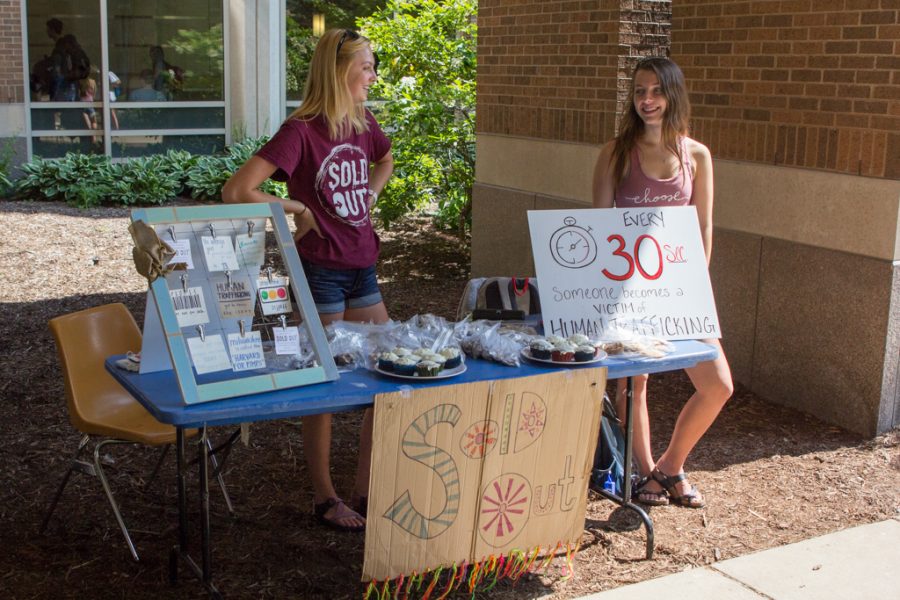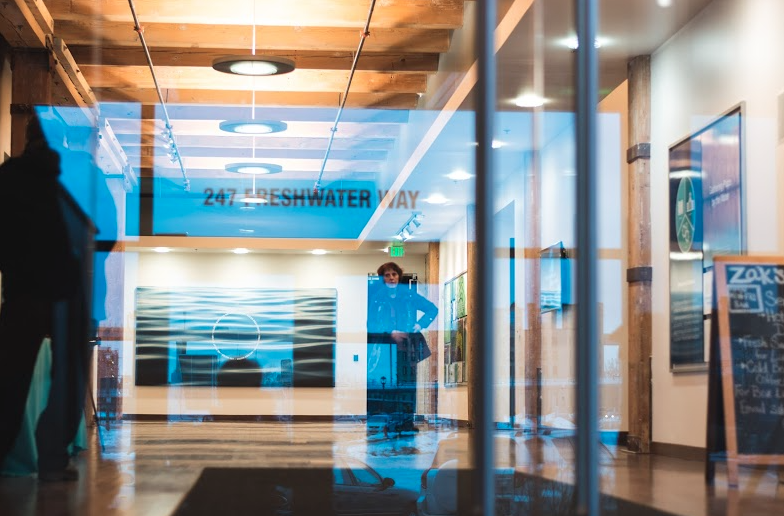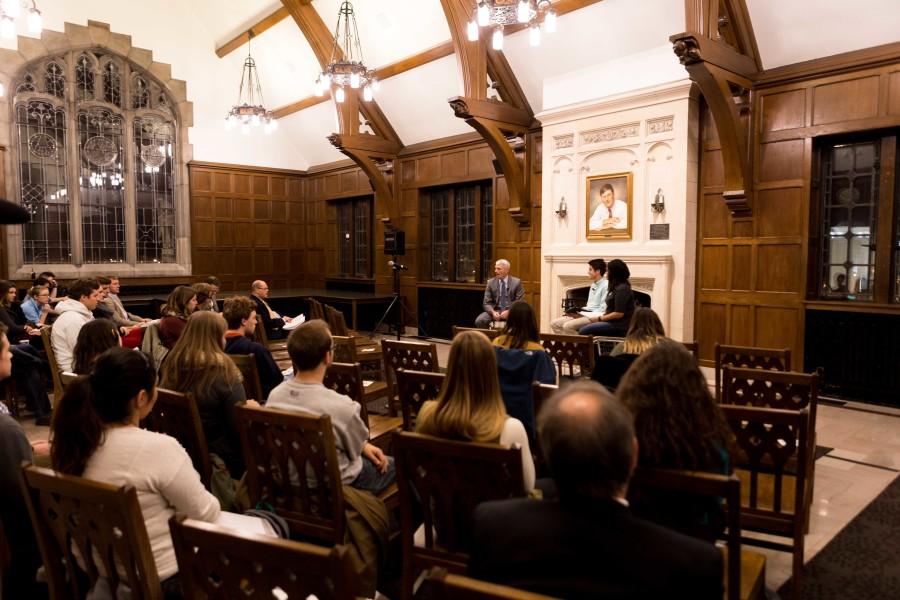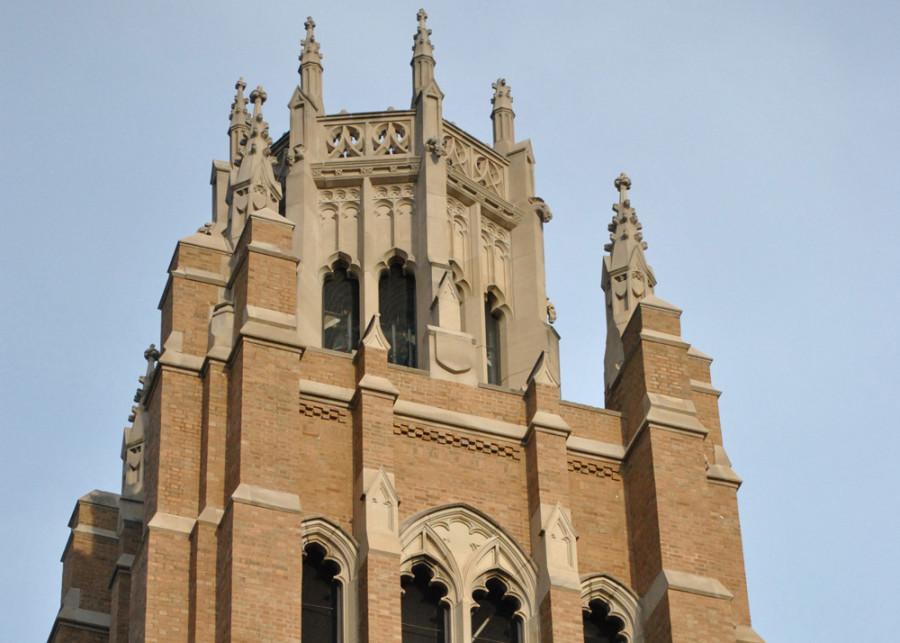If you’ve wandered to the east edge of campus by Johnston Hall, Eckstein Hall or Straz Tower in the last few years, you may have noticed something peculiar: an empty Sensenbrenner Hall, complete with an unused library, surplus classrooms and abandoned general space.
The former law school, Sensenbrenner Hall, has been vacant since Eckstein Hall was completed in 2010. As of now, the university is still deciding what to do with the space, and how it would best be used for some department(s) or organization(s).
We at the Tribune don’t know exactly what the university should do with the entire building; however, we do believe the university needs to take action, and we have some ideas we believe would help create a useful space for a large number of students and faculty members on campus.
We believe that Sensenbrenner Hall would best be used as a student space instead of faculty offices. While some faculty may feel differently, it’s easy to see that students and student organizations are quickly running out of space on campus, especially with the high influx of students in recent years.
With over 5,000 square feet of space, there is plenty of room in the building to convert to study space, offices and common areas.
Specifically, we think that Sensenbrenner could be a building with which the university moves forward in promoting multiculturalism and diversity on campus. Rebranding Sensenbrenner as a multicultural and diversity center would not only encourage the university’s recent push for each, but also provide many student organizations with much-needed space.
As part of the rebranding process, we think a name change is in order and will help focus on multicultural aspects of the project.
Similar to offices in the Alumni Memorial Union, the renamed, ex-Sensenbrenner Hall could offer more space for student organizations. In this spirit, the hall could be an annex of the AMU — a place for students to study, hold meetings and have offices. While the university has devoted a considerable part of the Union to student organizations and their governance, areas like the multicultural student center need an expansion.
For instance, while we are grateful there is a multicultural center, its current space doesn’t allow enough room for all the organizations that use it. The center is predominately composed of a small study area set behind a glass wall, which unintentionally turns the center into more of a fishbowl than a community space.
We think that focusing Sensenbrenner’s rebranding on diversity and multiculturalism would give all students a space to mingle and study without separating students in the multicultural center from the rest of campus. Having a larger space would make the multicultural center more inviting for everyone.
We understand the university and students alike may have some reservations about this specific use of Sensenbrenner. The building is not centrally located like the AMU is, and the building would need some maintenance work to get everything in useful condition again.
However, we suggest that the current space available to student organizations in the AMU remain in use, so organizations can decide whether or not to relocate to the farther end of campus.
Although the location is not central, we think the facilities would provide more opportunities for the organizations that relocate there, encouraging collaboration and diversity.
There are of course other options being thrown about for Sensenbrenner, including an argument that the location is better used for living space. Why shouldn’t we be tearing down Sensenbrenner Hall and building a new dorm?
Our answer is simple: Because it’s a historical landmark at Marquette and has already-built and useful classroom, meeting and study space available to the Marquette community with a little bit of cleanup.
There are so many possibilities if we make a student space out of Sensenbrenner Hall. It would alleviate the need for additional study space at midterms and finals and allow the university to repurpose some of the space in the AMU. There could even be an additional Brew on campus — there used to be one there, anyway.
Creating a new, larger center for diversity would provide students with many more opportunities to develop as Marquette students. We can all agree that the university should utilize the empty space in Sensenbrenner Hall soon. Rebrand it to focus on diversity and multiculturalism, and you can benefit a great number of students as well.






